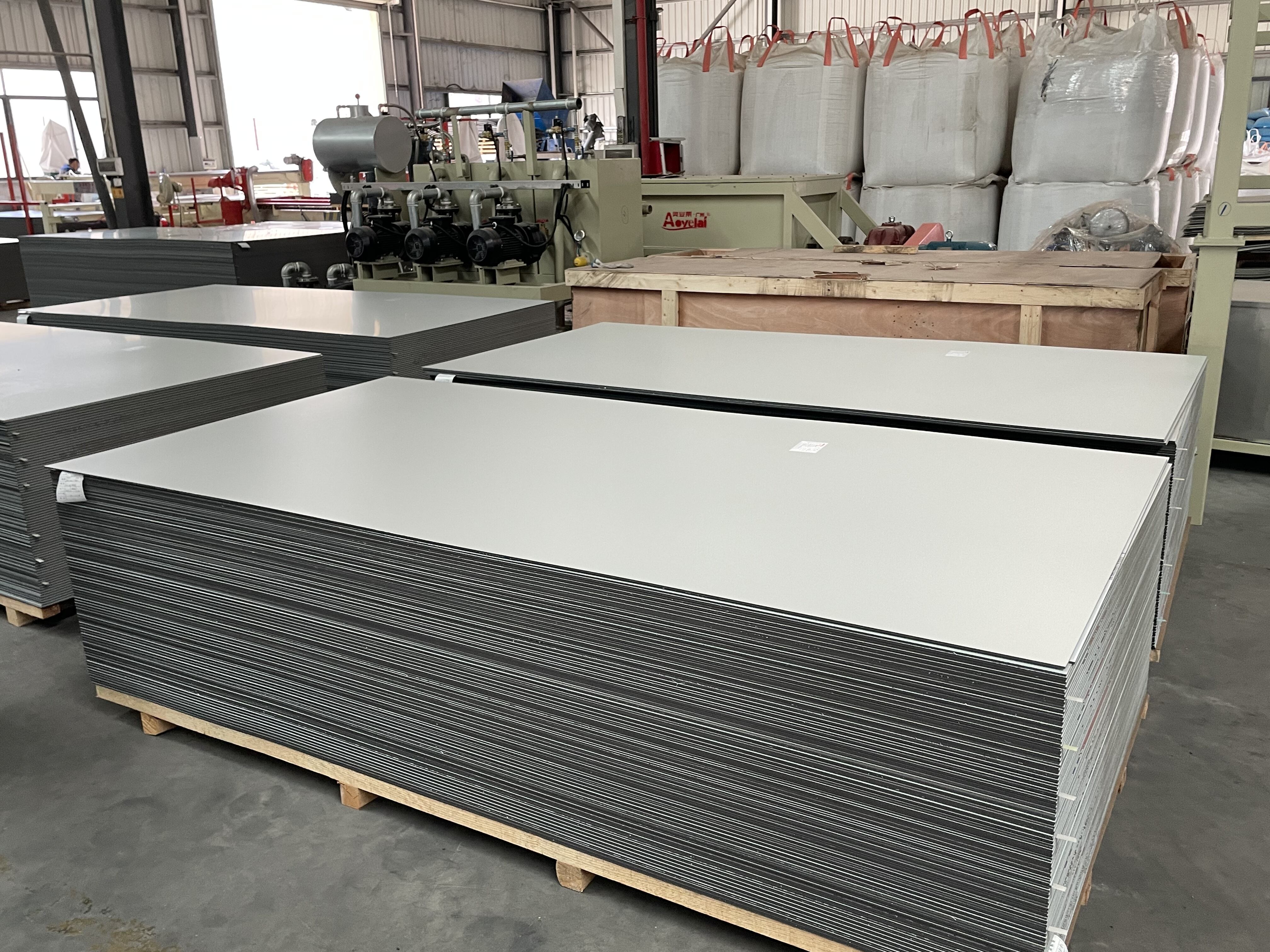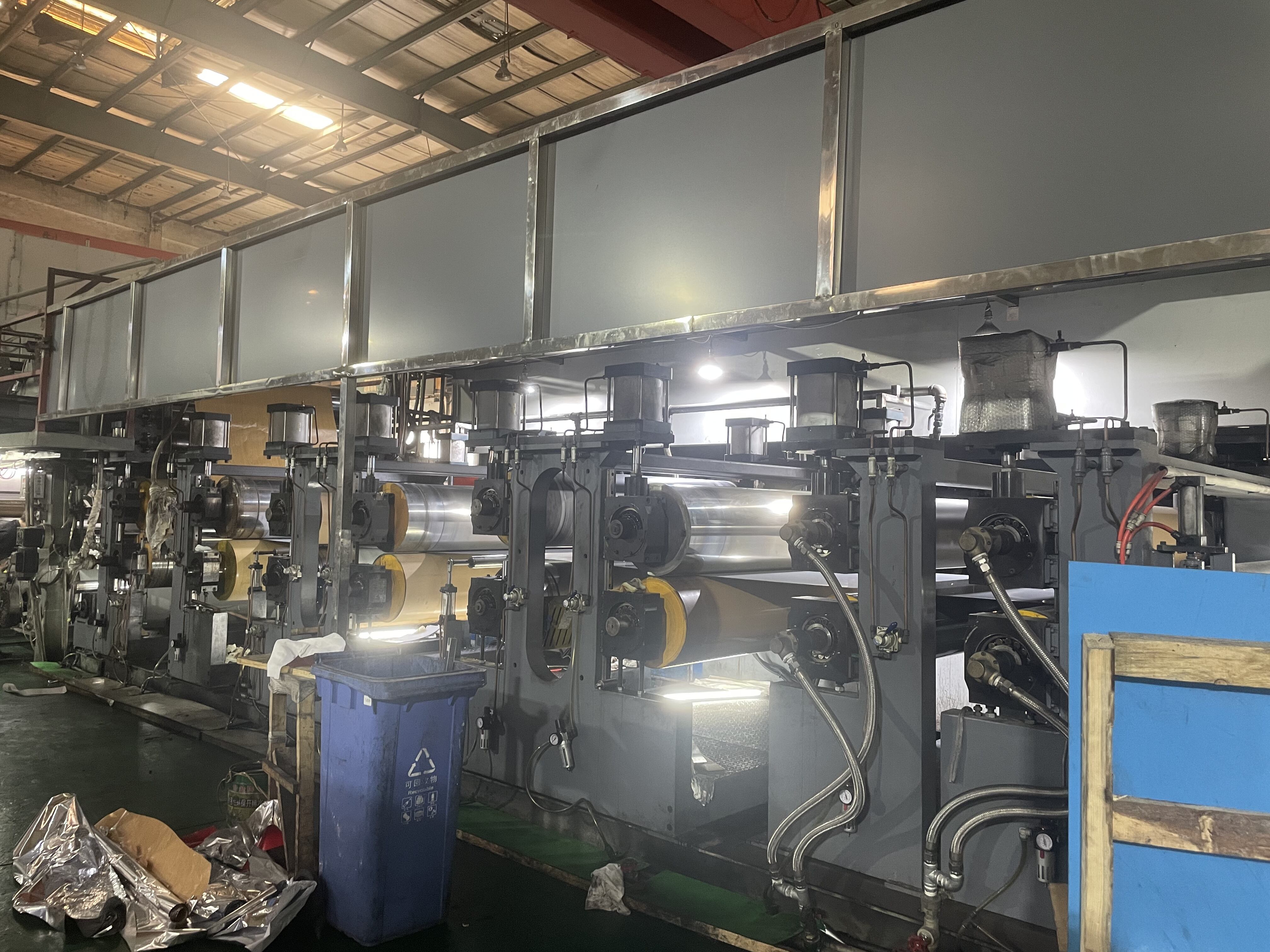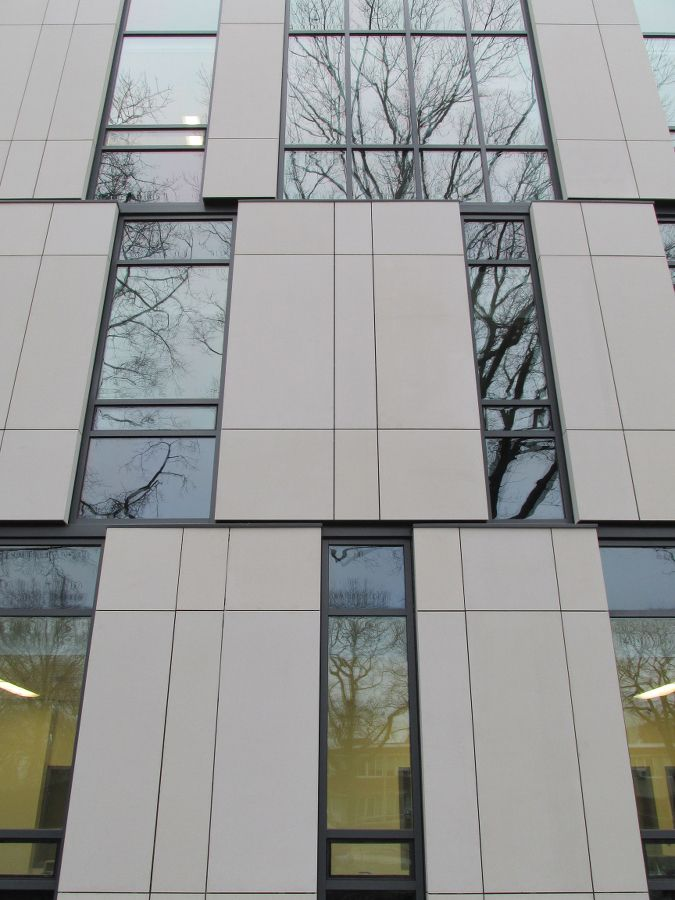aluminium composite
Aluminium composite materials represent a revolutionary advancement in construction and architectural materials, combining the strength of aluminium with the versatility of composite engineering. This innovative material consists of two aluminium cover sheets bonded to a core material, typically polyethylene or mineral-filled cores, creating a sandwich-like structure that maximizes strength while minimizing weight. The material exhibits exceptional durability, with a lifespan often exceeding 20 years under normal conditions. Its construction allows for superior flatness and rigidity, making it ideal for both exterior and interior applications. The composite structure provides excellent thermal insulation properties, contributing to energy efficiency in buildings. Additionally, the material offers remarkable weather resistance, protecting against UV radiation, moisture, and temperature fluctuations. The surface can be finished with various coatings, including PVDF and polyester, enabling a wide range of aesthetic options while maintaining durability. Modern manufacturing processes ensure consistent quality and precise thickness control, typically ranging from 3mm to 6mm, making it suitable for diverse architectural applications, from facade cladding to interior design elements.


